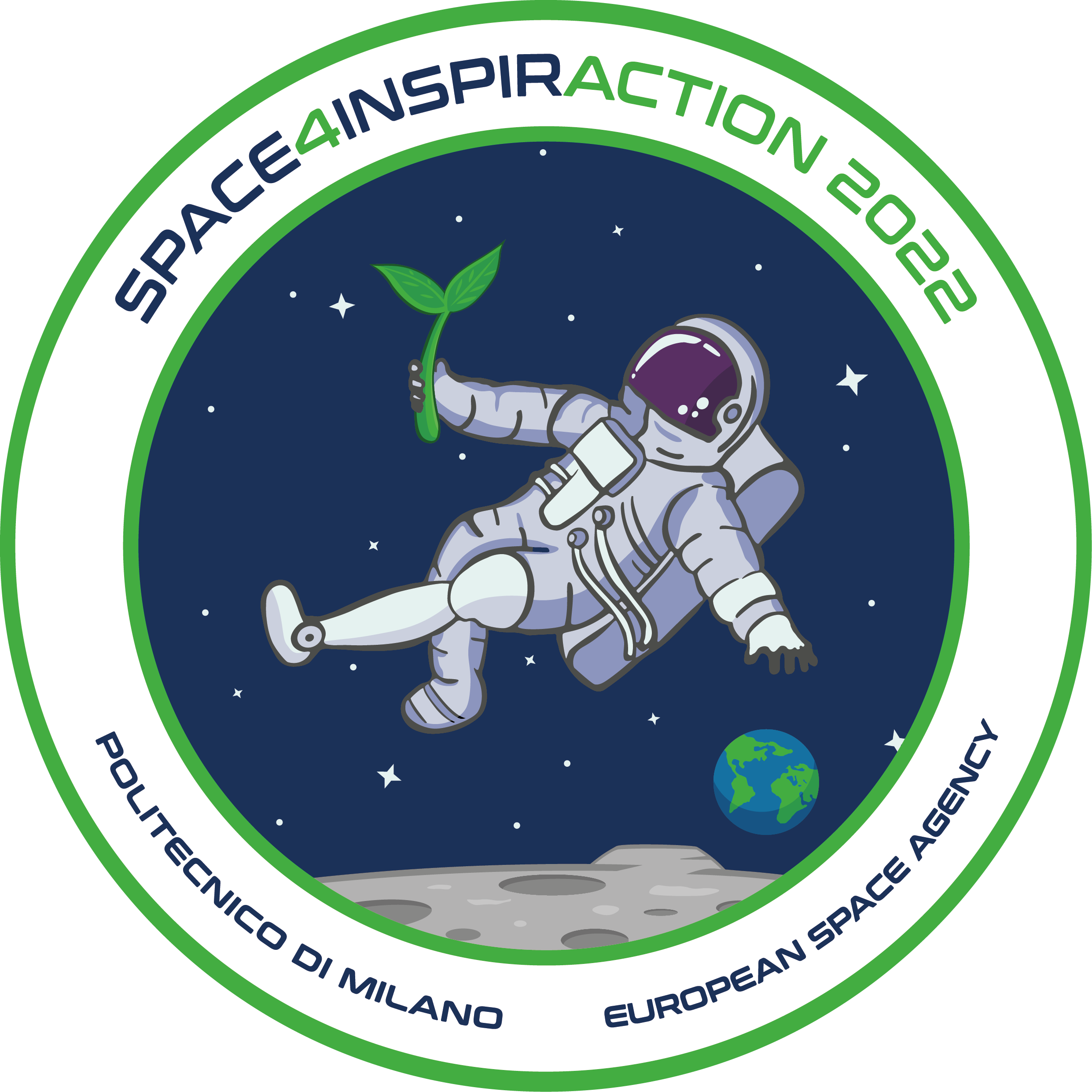Space Design
for New
Human Beings

THE ROLE OF DESIGN IN THE FUTURE OF SPACE TRAVEL AND SETTLEMENT BETWEEN SCIENCE, TECHNOLOGY AND BEAUTY.
WHY MICROALGAE ON THE MOON AND DISABILITY IN MICROGRAVITY ARE PILLARS TO INCREASE SUSTAINABILITY AND
INCLUSION VALUES.
The exhibition collects the projects of “Space4InspirAction”, the research laboratory led by Annalisa Dominoni and Benedetto Quaquaro at the Department of Design, Politecnico di Milano which generated the 1st and unique course of space architecture and design with the partnership of the European Space Agency (ESA) at the School of Design, MSc Integrated Product Design, Politecnico di Milano.
The projects concern two design topics according to the strategic programs for interplanetary human exploration that underline the strategic role of design for sustainability and inclusion:
Microalgae on the moon
Design of structures and tools to facilitate production, growth and transformation of spirulina algae, the food of the future, on the surface of the Moon.
Disability in microgravity
Design of new prosthetic objects for both astronauts and “parastronauts” to boost performances onboard the International Space Station, considering prostheses as "extensions" of motor skills, which, in microgravity conditions, undergo strong alterations compromising stability and movement.
Both projects we have developed and now present in the exhibition are supported during the design process by:
Private company specialized in the production of spirulina algae that provided us with
technological knowledge.
Non-profit lab of technological and social inclusion
research that uses co-design methods to merge design and people’s needs with disabilities.










